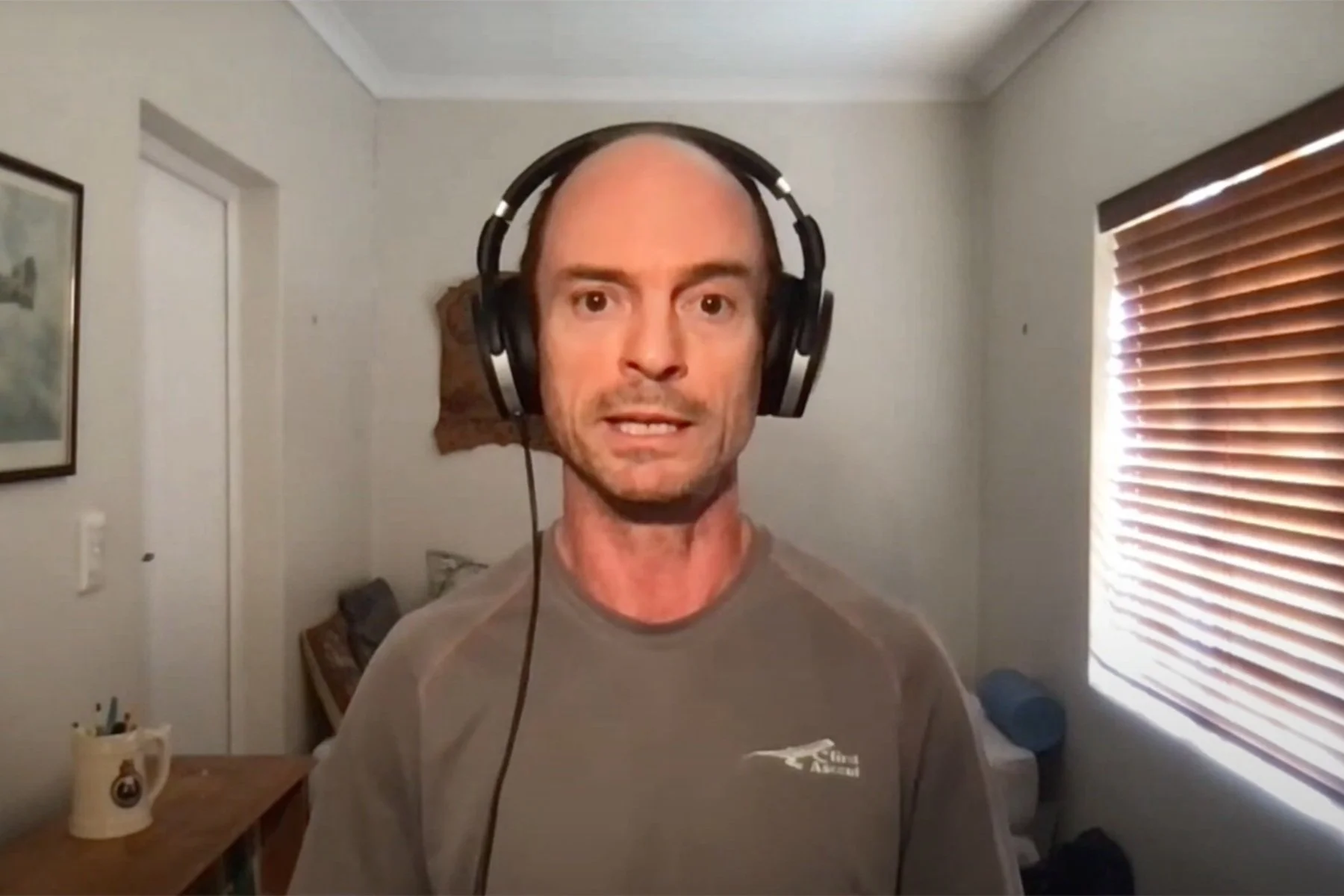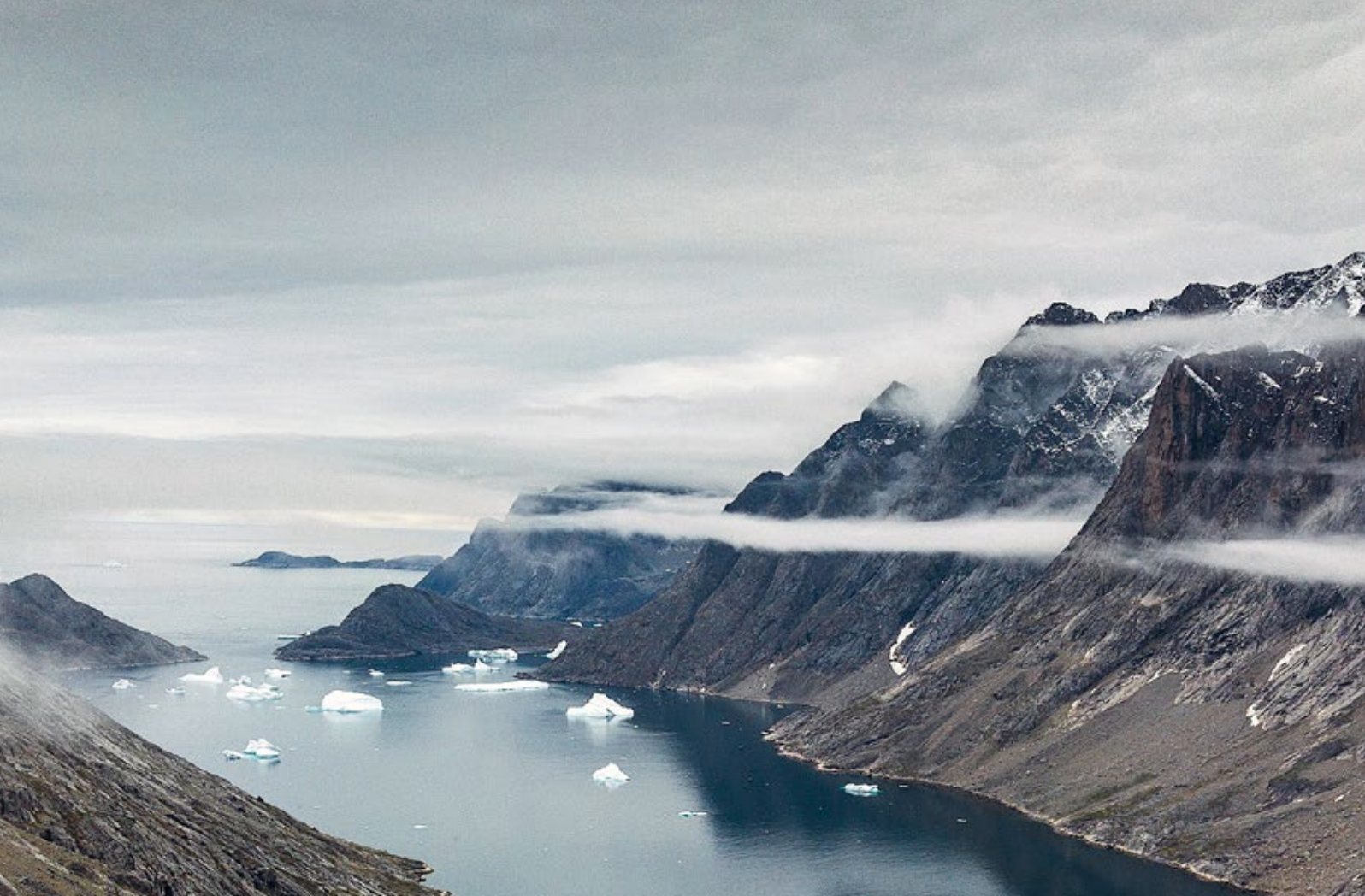
Earth Information Programs
Improving society’s understanding of our climate system
There are critical gaps in the information required for society to predict and manage responses to climate change. These center on weaknesses in observational data and model simulations of atmospheric influences on climate and impacts in different parts of the world. These gaps are greatest for remote regions and developing countries, contributing to structural inequities in the ability to respond to climate change. SilverLining’s Earth information programs leverage collaboration and innovation across science, technology, and public sector expert communities to establish and scale capabilities to fill these gaps.
Cloud for Climate
Virtual Climate Research Facilities
As part of SilverLining’s Safe Climate Research Initiative, and collaboration with Amazon Sustainable Data Initiative (ASDI), SilverLining supported an advanced study of near-term climate that includes the first-ever full production climate model simulations on the cloud. The study, led by scientists at the Global Climate Dynamics (GDC) laboratory at the National Center for Atmospheric Research (NCAR), is focused on important questions in near-term climate but is also opening a powerful new way to accelerate climate science and expand access to tools and information for climate research. The datasets from the simulations will be made available on the cloud via ASDI, providing open access for researchers around the world, and enabling a new level of transparency and equitable opportunity to study near-term climate impacts and potential responses.
Africans Downscaling Africa
Description
Platforms of Opportunity
Marine Atmosphere Observing Network
Description
Aircraft Greenhouse Gas Observing Network
Description

“SAI can reduce potential flooding risks and extreme rainfall events for cities that are vulnerable.”
Yuchen Gu, Gu (MSci)
Researcher, University College London, and University of Exeter

“Only 3.8% of global climate change research funding was spent on Africa.”
Chris Lennard
Senior Researcher, University of Cape Town

“There is a general deficit in research funding and technology access in the global south, particularly in the most vulnerable parts of the world.”
Kelly Wanser
Executive Director, SilverLining

“Warming temperatures make adaptation more difficult, with increasing intensity and frequency of extreme events.”
Jim W. Hurrel
Professor and Scott Presidential Chair in Environmental Science and Engineering, Colorado State University

“How can we work together to ensure that young people, in the south, can have equal access to knowledge and information on [climate intervention].”



















